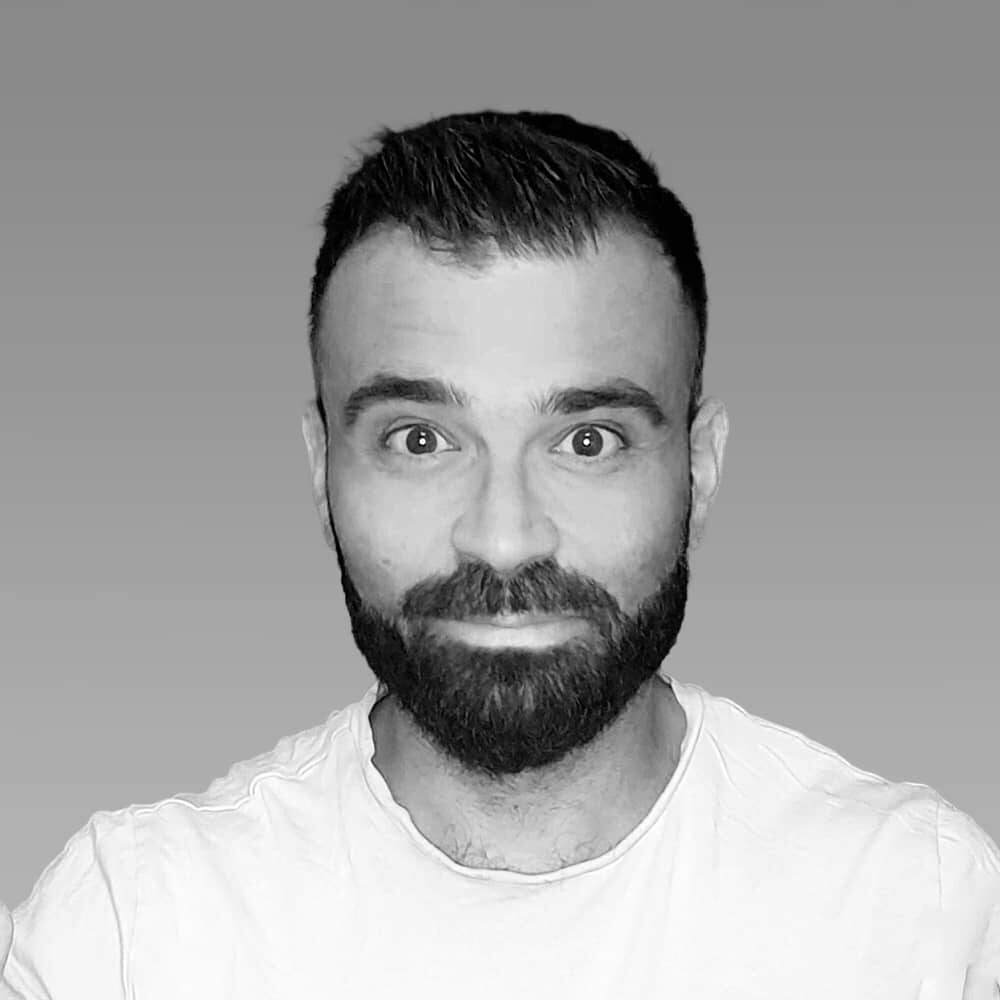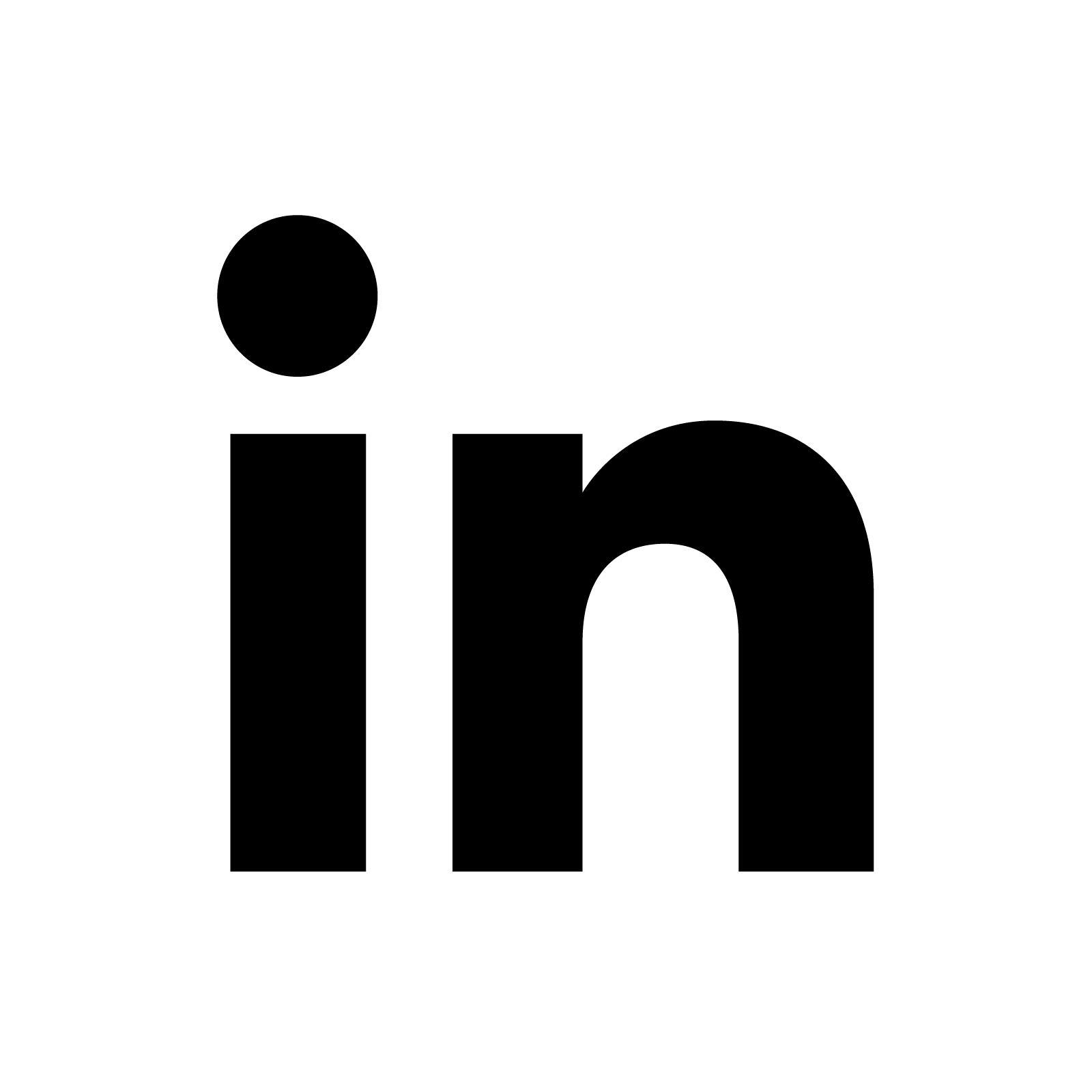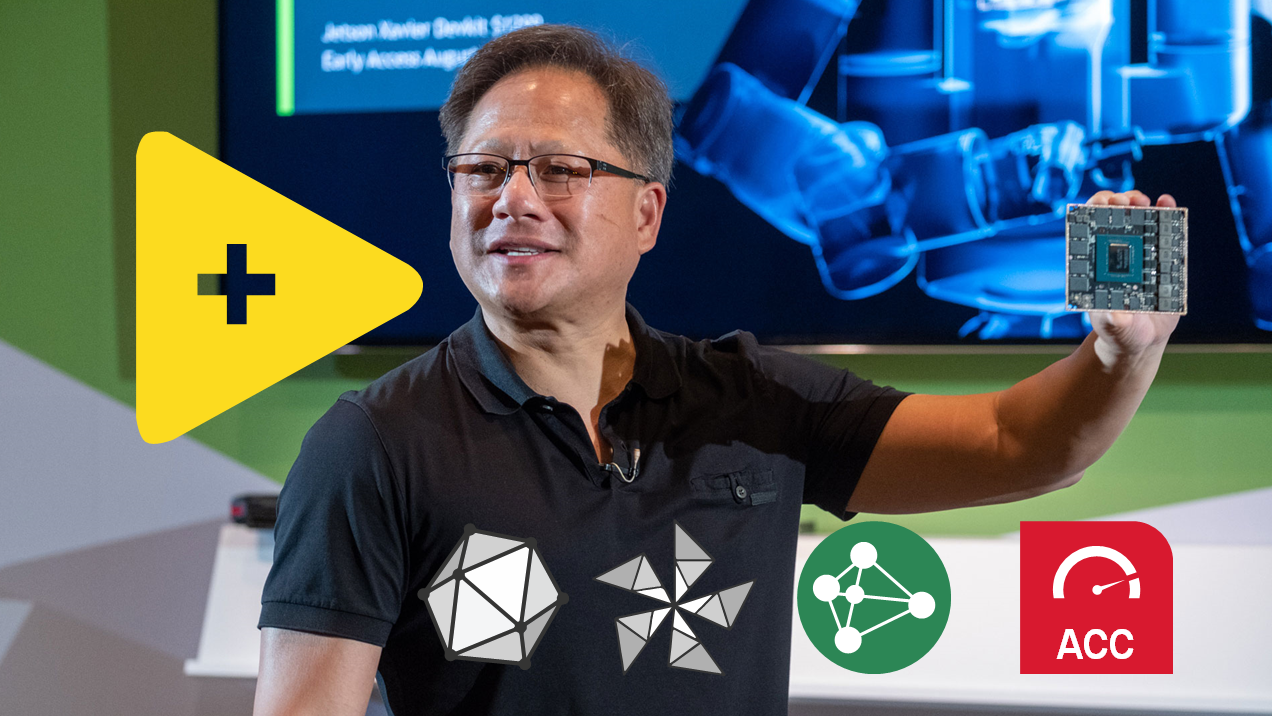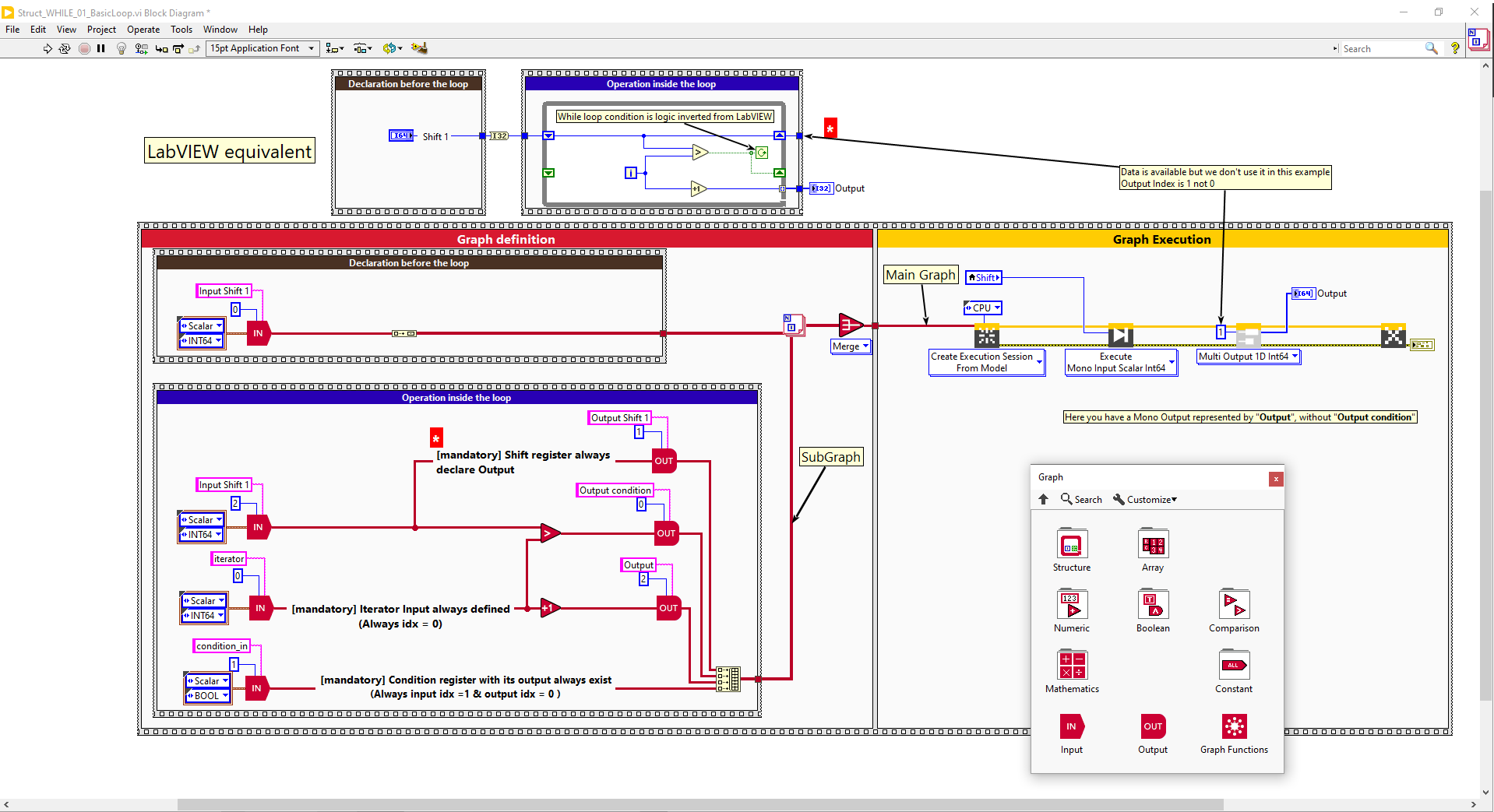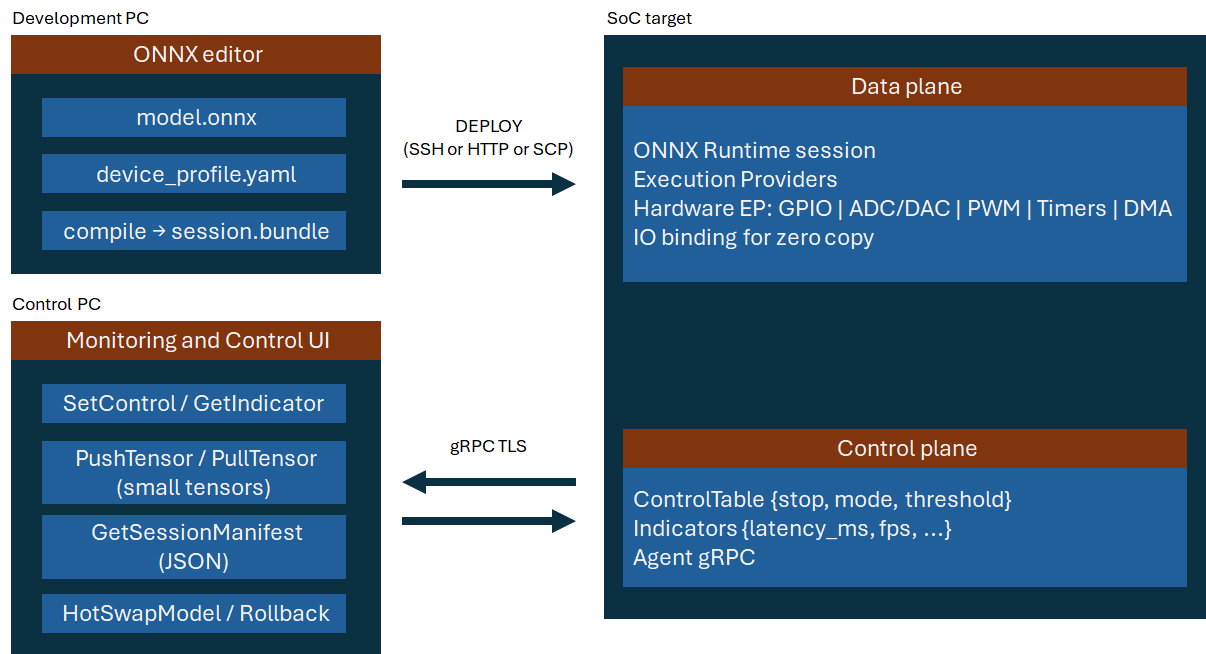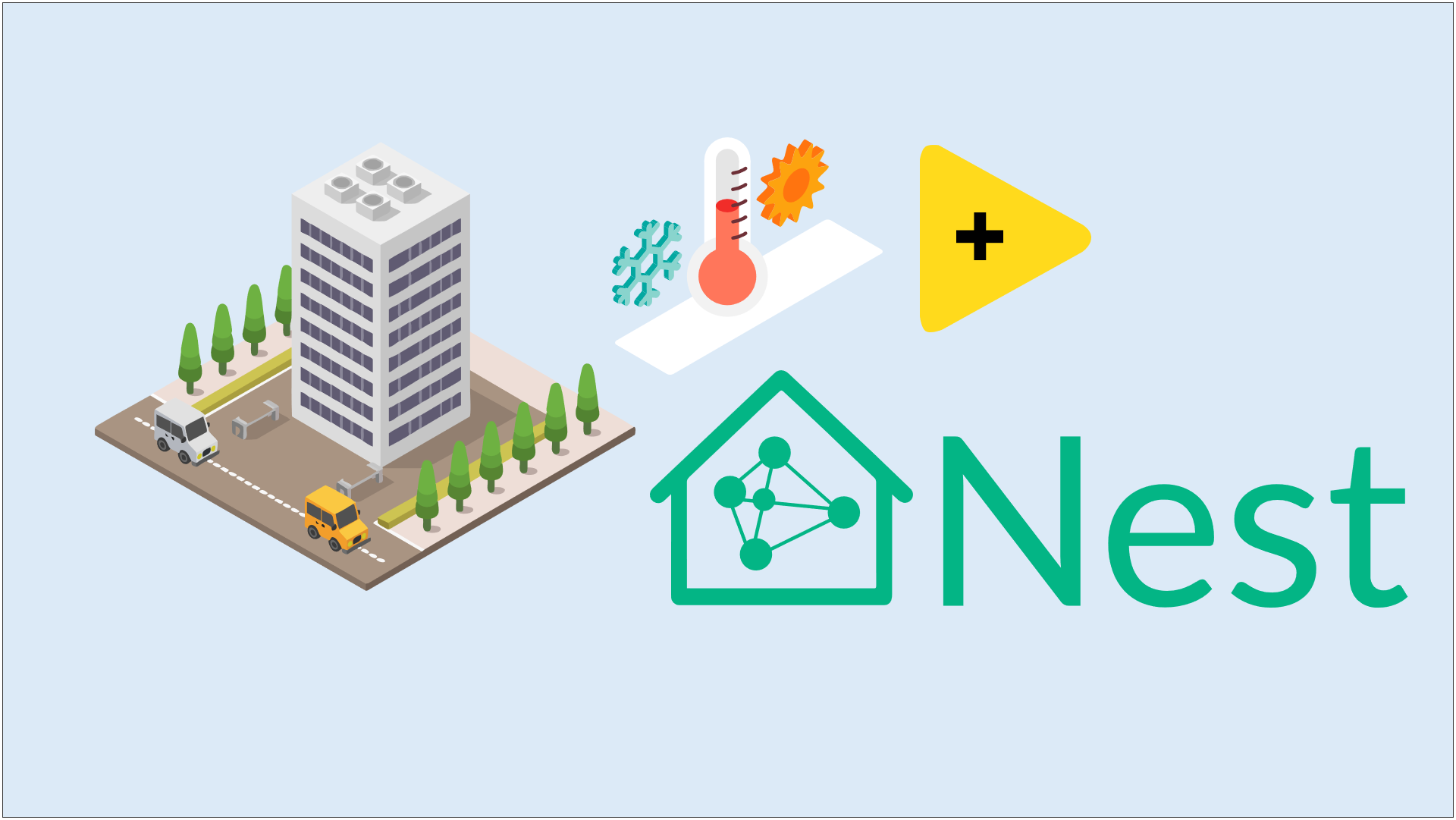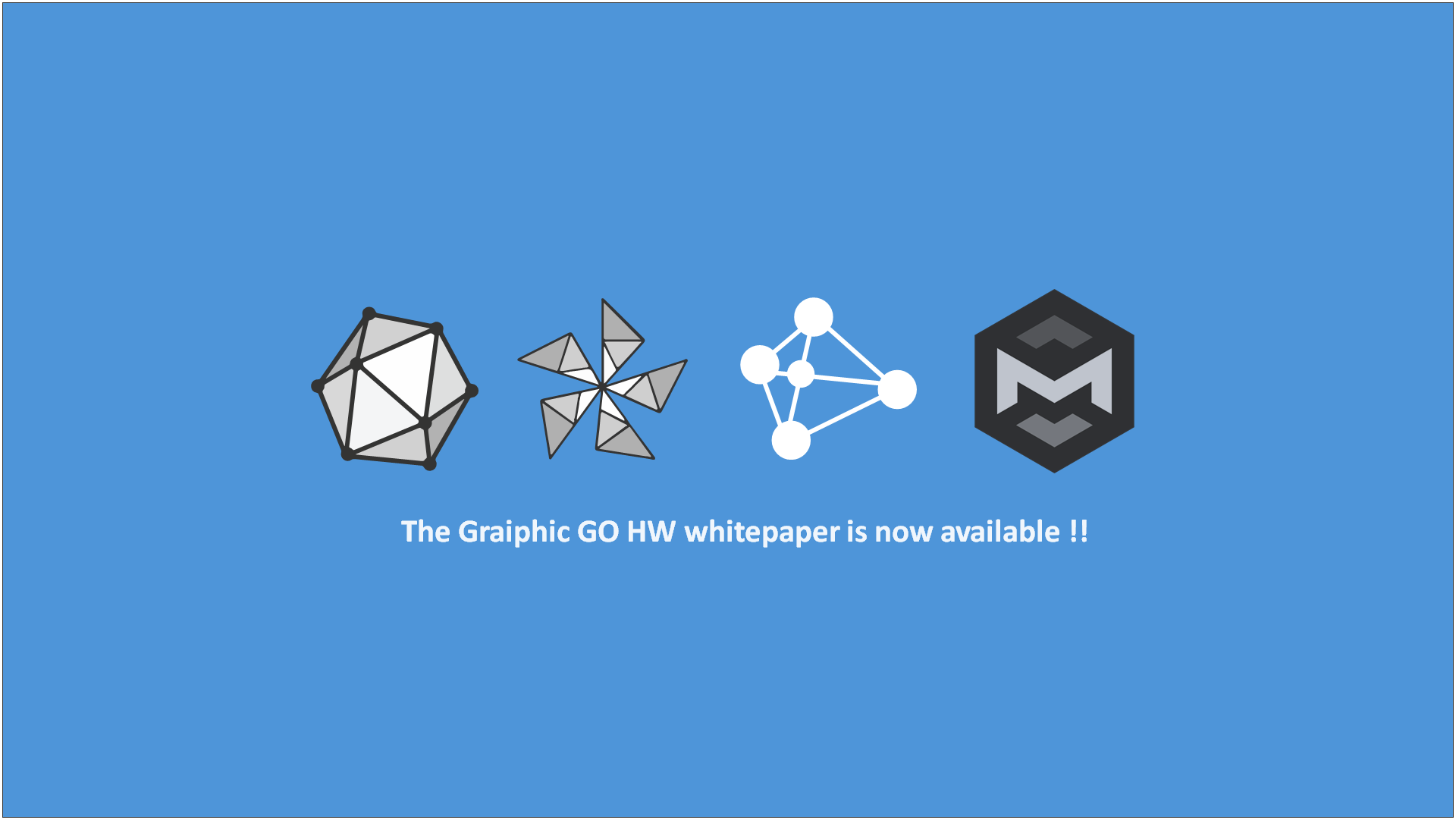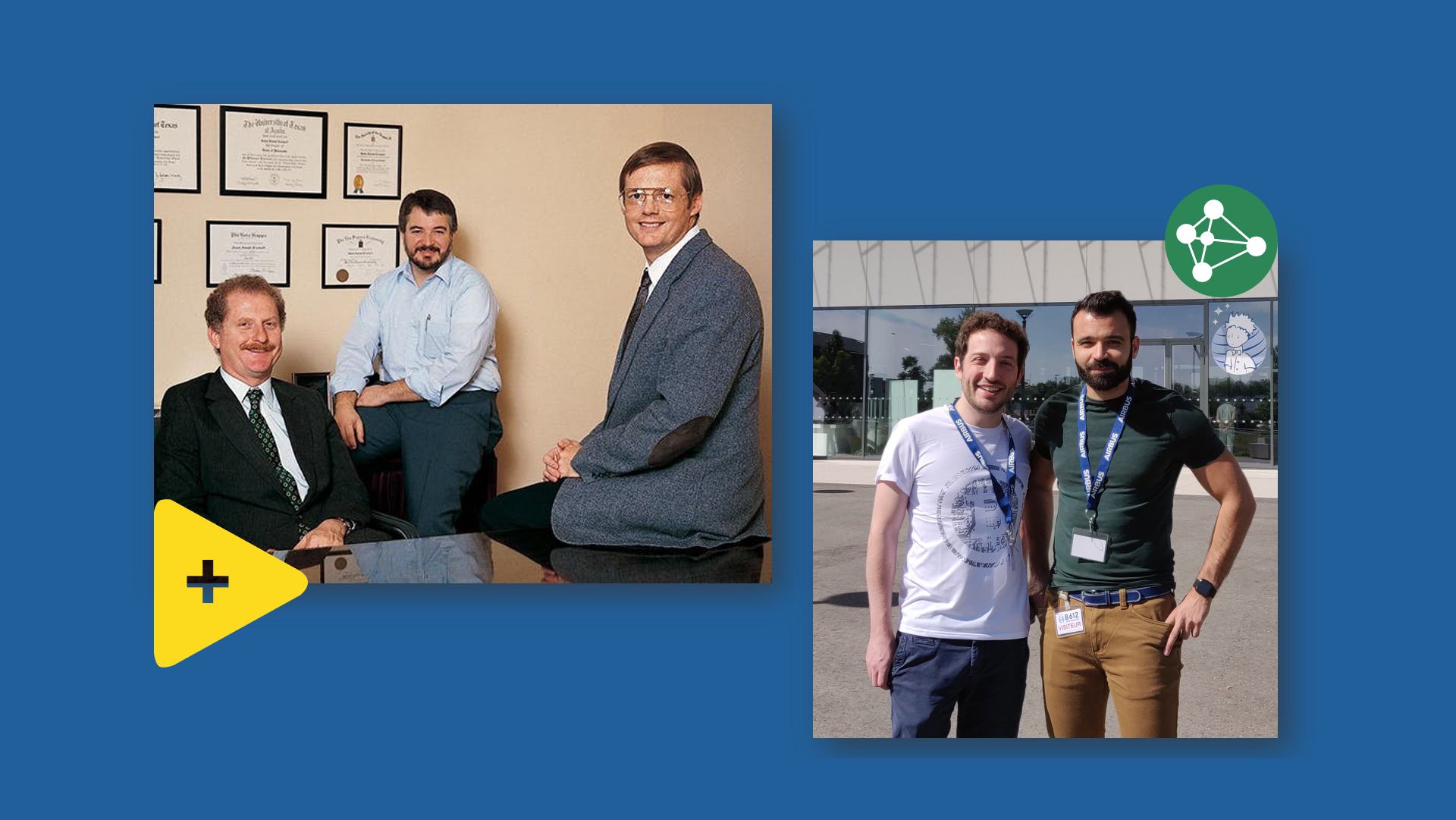LabVIEW Everywhere: From Gauges to Pilot
For nearly four decades, LabVIEW has been the language of engineers. Its wires and blocks turned measurement into an art form: signals made visible, dataflow you could touch. In the eighties, this was revolutionary. Instead of cryptic drivers, you had knobs and charts, loops and filters. LabVIEW became the cockpit of industry, the oscilloscope of entire factories.
But what if LabVIEW was not just the cockpit anymore?
What if it became the pilot?
This is the vision of LabVIEW everywhere, not only a monitoring tool but a trusted controller, efficient on silicon, certifiable in aerospace and defense, and universal across chips. The key to that leap is the unlikely pairing of LabVIEW and ONNX.
The Graph Awakens
Every ONNX model is a little play. The actors are nodes, the props are tensors, and the script is the graph. For years, ONNX was mainly a backstage tool: a format to shuttle models between PyTorch and TensorFlow, a runtime to execute inference quickly.
Yet hidden inside ONNX are three quiet actors, If, Loop, and Scan. With them, a graph can decide, repeat, and orchestrate. Not just what to compute, but when and how. Suddenly, an ONNX model is not frozen math; it’s a living schedule.
Pair this with ONNX Runtime, the conductor that compiles, fuses, and runs graphs across CPUs, GPUs, and NPUs, and you have a universal, efficient engine. Add LabVIEW as the cockpit, and the story shifts: you don’t just watch a system, you guide it with certified precision.
This example demonstrates a basic while loop structure with a shift register and a Boolean stop condition using Graiphic LabVIEW Accelerator Toolkit. The iterator is indexed at each cycle to produce a 1D array of iteration values as output. (From LabVIEW diagram to an ONNX editor / ONNX runtime orchestrator).
Why LabVIEW + ONNX Changes Everything
LabVIEW has always been ergonomic but siloed. It could monitor, visualize, and automate, but real certified decision-making systems were locked in proprietary runtimes.
ONNX brings three disruptive gifts:
- Transparency — A graph is readable, inspectable, auditable. It’s a contract, not a black box.
- Portability — The same artifact runs on a Raspberry Pi, a Jetson, or a Zynq SoC. No rewrites.
- Certifiability — With the Safety-Related Profile (SONNX), ONNX gains semantics, constraints, and evidence. This makes certification in aerospace, defense, and automotive realistic.
LabVIEW everywhere means that the same diagram an engineer draws on a PC can be compiled into an ONNX plan, executed on silicon, and proven safe under the strictest audits.
Efficient by Nature
On a chip, efficiency is survival. Every copy avoided saves energy. Every fused kernel cuts latency. ONNX Runtime was built for this world:
- Energy-efficient: fewer cache misses, tighter loops.
- Fast inference: millisecond decisions while the conveyor still moves.
- Deterministic timing: sessions compiled once, stable across runs.
Imagine a bottling line. A tiny Jetson watches caps and fills. A frame arrives, the ONNX graph checks it, and in 20 milliseconds a reject arm pushes the faulty bottle aside. No server farm, no cloud delay, just silicon and graph.
Or imagine a street cabinet. A board reads weather sensors, adjusts traffic lights, and logs summaries every minute. The same LabVIEW diagram runs here, efficient, portable, auditable.
From Cockpit to Command
Here’s the new workflow:
- Author — Draw your system in LabVIEW.
- Compile — The diagram becomes an ONNX artifact.
- Deploy — ONNX Runtime compiles it into a session optimized for the target SoC.
- Monitor — A lightweight agent streams health and metrics. Certification boards can trace every decision.
Instead of juggling scripts and hidden toolchains, you keep one artifact, one engine, one cockpit.
This example shows how SoC execution and hardware orchestration can be securely monitored remotely using the gRPC TLS protocol, implemented within a predefined architecture.
LabVIEW Everywhere: A Reflection
The history of LabVIEW is already the history of graph computing made human. It democratized measurement in the 1980s. Today, with ONNX, it can democratize trusted orchestration.
LabVIEW everywhere is not about abandoning the cockpit. It’s about upgrading it. From gauges to pilot. From graphs you watch to graphs that act. From diagrams that monitor to diagrams that decide.
The cockpit is ready.
The engine runs.
The graph is the flight plan.
Now the real question is simple: where do we want to fly?


